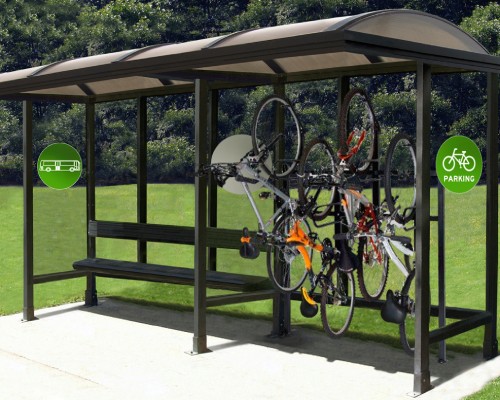
Multimodal transportation systems synergize the strengths of various transportation options, blending the accessibility of walking and biking with the speed and capacity of buses, trains, and subways. By doing so, they create a network that can flexibly adapt to the changing demands of urban life and encourage a shift away from the over-reliance on personal vehicles.
The benefits of multimodal transportation not only alleviate traffic congestion but also foster a culture of shared public spaces, reduced carbon emissions, and a collective responsibility for a healthier planet. It encourages city planners and policymakers to reimagine urban landscapes as dynamic ecosystems where transport infrastructure acts as the connective tissue, supporting economic growth and social inclusivity while prioritizing sustainability.
Enhanced Accessibility
Multimodal transport networks must be inclusive, ensuring access for all sectors of society. By seamlessly integrating different modes of transport, individuals can enjoy more flexible and personalized travel options. Improved accessibility has the potential to transform the daily commute, making it less stressful and more accommodating for older people, the differently abled, and those without access to private vehicles.
Reduced Environmental Impact
A shift towards multimodal transportation significantly reduces the dependency on fossil fuels, decreasing the carbon footprint and other harmful automobile emissions. Encouraging public transport use, cycling, and walking lessens the number of vehicles on the road, leading to lower greenhouse gas emissions. This cleaner transportation model is crucial in the fight against climate change and is essential for the creation of sustainable urban centers.
Economic Advantages
Better transport connectivity opens up job opportunities as commuting becomes easier and less time-consuming. The investment in infrastructure, such as the implementation of quality prefabricated bus stop shelters, stimulates job creation in the manufacturing and construction industries. Reduced congestion also means fewer hours lost in traffic, translating into significant cost savings for both individuals and economies.
Traffic Decongestion
Heavy reliance on cars for transport needs leads to congested roads, which in turn results in lost time and increased stress for commuters. Multimodal transportation helps alleviate traffic congestion by spreading the transport load across various modes, including trains, buses, scooters, and bicycles. Efficiently planned networks encourage people to opt for alternative travel options, thus easing the pressure on roads and reducing overall traffic volumes.
Health Benefits
This solution incorporates active travel options like walking and cycling, directly contributing to the physical health of the population. Regular physical activity reduces the risk of chronic diseases such as obesity, heart disease, and diabetes. Reduced vehicle emissions contribute to better air quality, which directly correlates to improved respiratory health for urban dwellers.
Integrating multimodal transportation systems into cities pave the way for a more efficient, healthier, and sustainable future. It promotes resource conservation, aids the economy, and enhances the overall quality of life. While individuals can greatly benefit, the collective gains of adopting such a system are profound, driving us toward a greener, more connected world.
